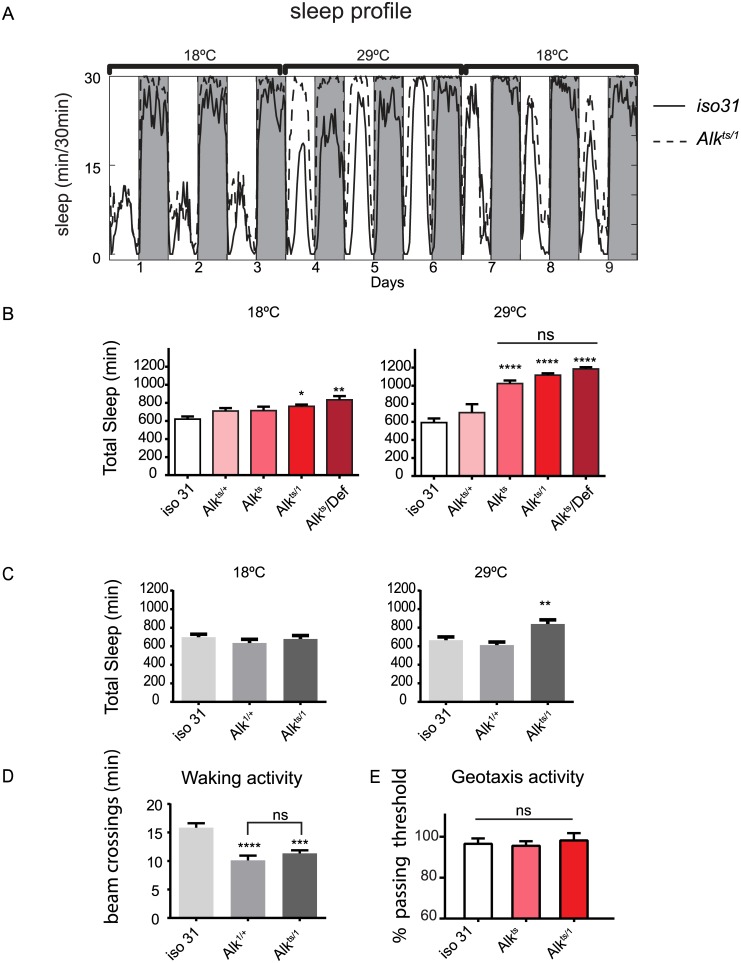Fig 1. Alk mutants have increased sleep.
A) The restrictive temperature of 29°C reversibly increases sleep in Alk ts/1 mutants. The averaged sleep profiles, plotted as average amounts of sleep in every 30-minute period, are shown for iso31 and Alk ts/1 female flies. The white and the grey columns mark periods of day and night, respectively. N = 16. B) Quantification of average daily sleep of control flies and Alk mutants measured by single beam monitors. Total sleep at 18°C was calculated as the average of 3 days before the temperature shift to 29°C. Total sleep amounts at 29°C were calculated as the average of the 3 days following the temperature shift and are significantly different between genotypes (One-way ANOVA, p<0.0001). Asterisk* signifies difference from iso31 control. In this figure and all following figures, *, p<0.05; **,p<0.01; ****,p<0.0001; ns, not significantly different. Error bars are SEM. N = 13–16. C) Measurement by multi-beam monitors similarly revealed longer sleep in Alk ts/1 flies at the restrictive temperature. There is no difference between genotypes at 18°C (p = 0.4722), while at 29°C Alk ts/1 sleep significantly longer than iso31 and Alk 1/+ flies. N = 15–16. D) Waking activity in the multi-beam monitors was measured at the restrictive temperature of 29°C and was defined as averaged number of beam crossings per minute during wake. N = 15–16. E) Normal negative geotaxis response in Alk mutants. The negative geotaxis response is measured as the percentage of flies climbing vertically >4 cm from the bottom of a vial within 10s of being tapped down. N = 5 (groups of 10 flies for each genotype).

